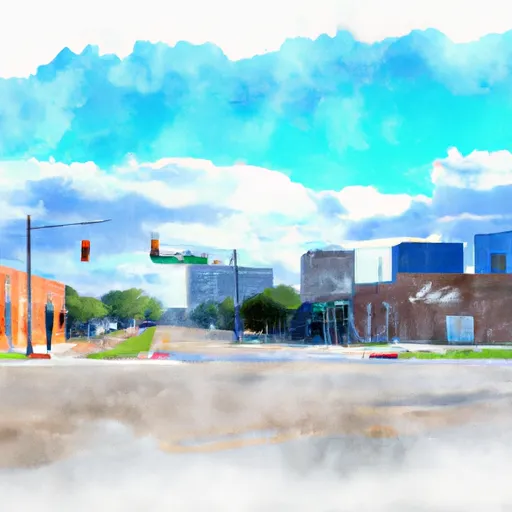°F
°F
mph
Windspeed
%
Humidity











Jonesboro, Texas is a small town located in Coryell County in the central part of the state. The climate in Jonesboro is characterized as humid subtropical, with hot summers and mild winters. Summers are typically hot and humid, with temperatures often exceeding 90°F, while winters are mild with temperatures rarely dropping below freezing.
Jonesboro is situated near the Leon River, which serves as an essential hydrological feature for the area. The river provides a source of water for the town and supports a diverse range of aquatic life. The hydrology constituents in Jonesboro include the presence of rivers, creeks, and lakes, creating opportunities for fishing, boating, and other water-based activities.
In terms of outdoor recreation, Jonesboro offers several opportunities for nature enthusiasts. The surrounding area is rich in natural beauty, with parks and trails that allow visitors to explore and enjoy the outdoors. Outdoor activities such as hiking, birdwatching, and camping are popular in the nearby Mother Neff State Park and the Leon River which provides a great setting for fishing and canoeing. Additionally, the town hosts various community events, fairs, and festivals throughout the year, providing residents and visitors with entertainment options. Jonesboro, Texas is an ideal destination for those seeking a small-town charm and a chance to experience the natural beauty of the region.
Weather Forecast
Jonesboro receives approximately 833mm of rain per year, with humidity levels near 84% and air temperatures averaging around 19°C. Jonesboro has a plant hardyness factor of 8, meaning plants and agriculture in this region tend to thrive here all year round.
Regional Streamflow Levels
122
Cubic Feet Per Second
6
Cubic Feet Per Second
0
Cubic Feet Per Second
4
Cubic Feet Per Second
Nearby Camping
| Camping Area | Reservations | Toilets | Showers |
|---|---|---|---|
| Pace Bend Park - Lake Travis | |||
| Jim Hogg - Lake Georgetown | |||
| McKinney Falls State Park | |||
| Turkey Bend - Lake Travis | |||
| Cedar Breaks - Lake Georgetown | |||
| Cypress Creek - Lake Travis |



